Shell and Tube Heat Exchangers feature a set of tubes inside a cylindrical shell, enabling efficient heat transfer between two fluids. Known for their durability and versatility, they are available in various configurations and materials to handle high-pressure and high-temperature environments, making them ideal for demanding applications.
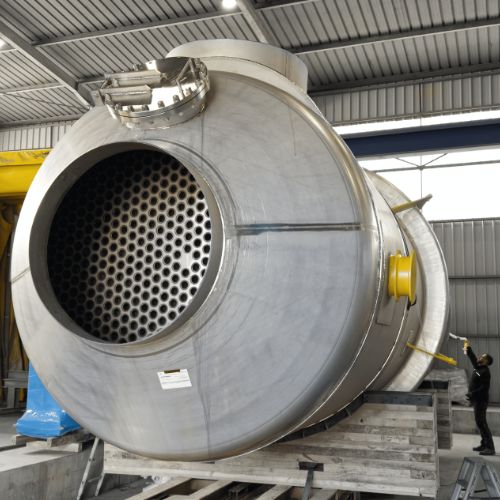
A TEMA (Tubular Exchanger Manufacturers Association) heat exchanger is a shell and tube heat exchanger designed according to standardized classifications, ensuring performance, durability, and interchangeability across industries. TEMA classifies exchangers into different types based on shell, head, and tube bundle configurations, allowing for optimized heat transfer, pressure handling, and maintenance access.
These exchangers are widely used in industries such as chemical processing, power generation, and oil refining due to their robust construction and adaptability to various operating conditions. Depending on the application, they can be designed for high temperatures, corrosive environments, or heavy fouling conditions. Their standardized design simplifies specification and ensures compatibility with existing systems.

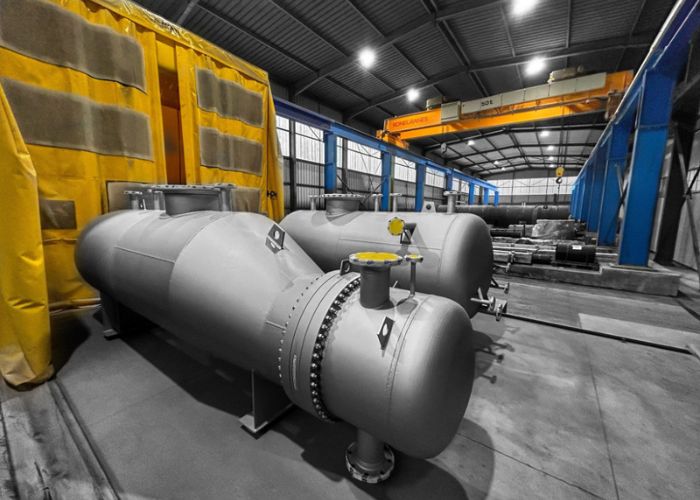
A shell and tube heat exchanger of the double pipe type consists of one pipe inside another larger pipe, where two different fluids flow in separate channels to exchange heat. One fluid passes through the inner pipe (tube side), while the other flows in the outer shell. This configuration offers excellent heat transfer efficiency, particularly when compact solutions are required. Double pipe exchangers typically operate in a counter-flow arrangement, maximizing the temperature gradient between fluids for improved thermal efficiency.
Due to their straightforward design, double pipe heat exchangers are well-suited for highpressure applications and environments that require minimal maintenance. They are commonly employed in the chemical, petrochemical, and food processing industries for heating or cooling fluids in both liquid and gas phases. These exchangers can be customized with different materials for corrosion resistance, and their modular design allows for easy expansion or adaptation to specific process requirements.

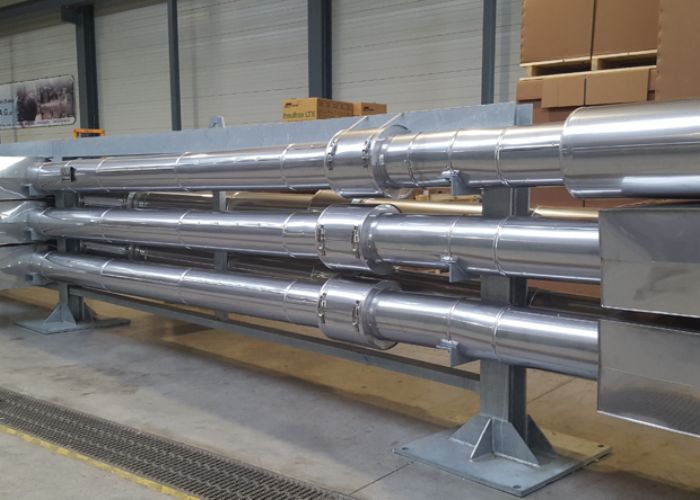
A coil tube heat exchanger features coiled tubes wound in a coil configuration inside a casing. This design creates a compact structure with an extended heat transfer surface area, enhancing thermal efficiency. Its specific flow pattern promotes turbulence, which significantly improves heat transfer rates. Fluids flow through the coiled tubes and the surrounding shell, enabling efficient heat exchange for various process conditions.
Coil tube heat exchangers are highly versatile and well-suited for handling fluids with high viscosities or containing particulate matter. Their compact and robust design makes them ideal for applications in the chemical, pharmaceutical, and energy sectors. The self-cleaning effect of the flow pattern further minimizes maintenance requirements, ensuring operational efficiency in challenging environments.

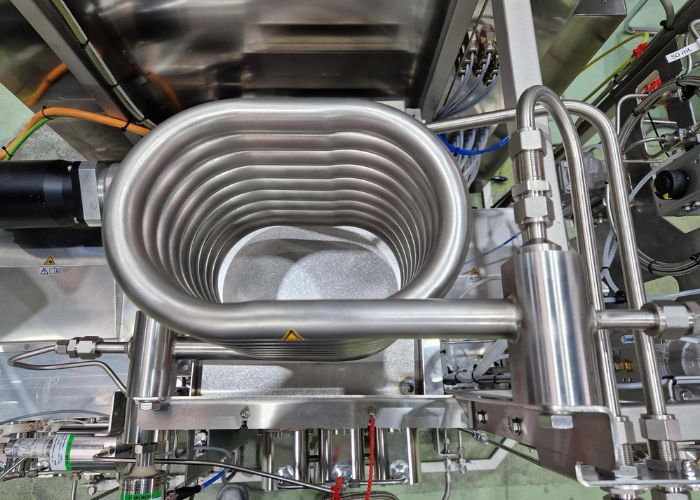
A bayonet-type shell and tube heat exchanger consists of one or more tubes, or straight tubes, inserted into a shell. One end of the tube is sealed, and the fluid flows in a single pass through the annular space between the inner tube and the outer shell, resembling a bayonet. This unique configuration allows for efficient heat transfer while simplifying maintenance since the tubes can be easily removed and cleaned without dismantling the entire unit.
Bayonet heat exchangers are particularly well-suited for applications involving high temperatures and corrosive fluids, such as in the chemical and petrochemical industries. They are ideal for scenarios where a compact and robust solution is required, especially in environments that demand quick servicing and resistance to thermal stresses. Their design minimizes thermal expansion issues and allows for better adaptability to harsh operating conditions

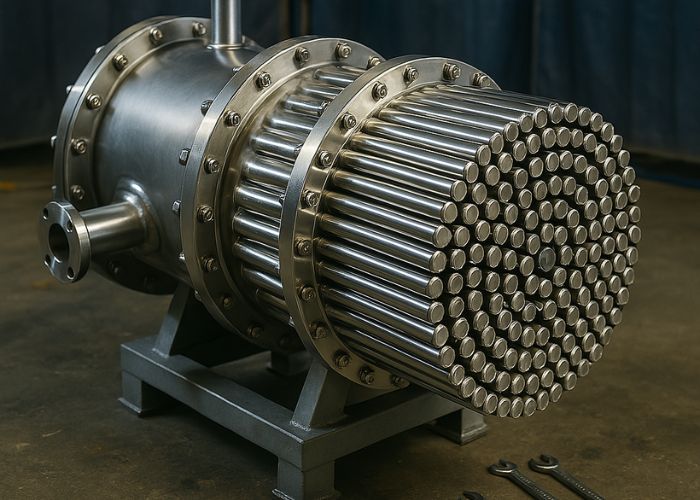
Hairpin shell and tube heat exchangers are composed of straight or slightly curved tubes housed within a U-shaped shell. They typically allow multiple configurations, such as single or double passes for both shell-side and tube-side fluids. The hairpin design inherently supports efficient counter-flow operation, maximizing heat transfer efficiency across a wide range of temperature differentials.
One key advantage of hairpin exchangers is their ability to manage high-pressure and hightemperature applications with minimal thermal stress due to the natural flexibility of the Ubend structure. Their compact and modular nature makes them easy to install and extend for increased capacity. They are commonly used in oil refineries, chemical processing plants, and geothermal energy systems where efficient heat transfer and durability are essential.

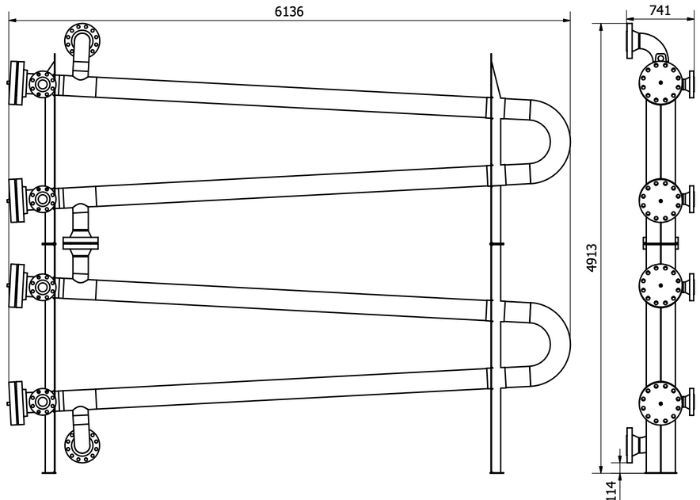
At SAG, aseptic heat exchangers designed for the pharmaceutical sector, fine chemicals, and the food industry are manufactured in a dedicated 1,200 m² clean shop, with a specialized welding team and dedicated representative. This ensures efficient project management tailored to our clients’ needs.
Using advanced techniques such as electropolishing and hydraulic tube expansion, we produce high-quality heat exchangers with surface roughness ranging from 0.8μm to 0.2μm. Made from stainless steel or titanium, our products comply with pharmaceutical regulations, including FDA, GMP, cGMP, and USP27 standards.

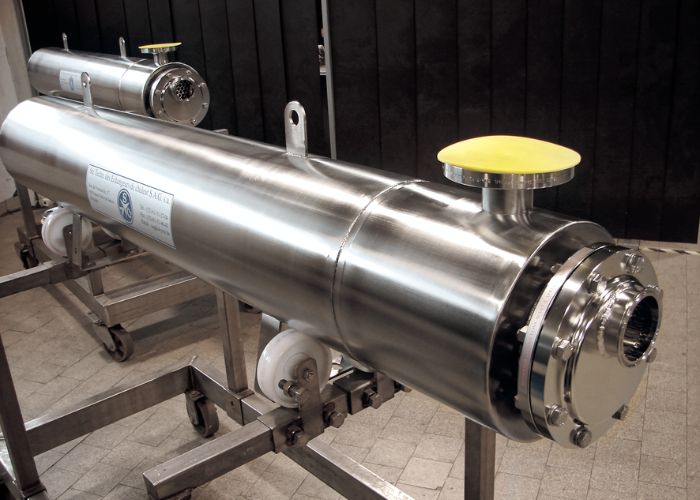
Safety tubes
Our tube-in-tube system enables leak detection, preventing fluid retention through dedicated leakage channels.
Micro tubes
We can design and manufacture micro-tube heat exchangers, offering superior compactness and thermal efficiency.
Whether integrated into SKIDs or used independently, our heat exchangers help major pharmaceutical companies enhance their process efficiency.
Industrial evaporators are specialized heat exchangers designed to convert liquid into vapor by transferring heat to the fluid. They are commonly used in industries such as chemical processing, food and beverage production, desalination, and pharmaceuticals. These units often incorporate shell and tube designs or falling film configurations to enhance heat transfer efficiency while managing large fluid volumes.
The design of industrial evaporators allows for precise temperature and pressure control, ensuring consistent evaporation rates and high product quality. They can handle a wide range of fluid properties, including corrosive or viscous liquids. Materials of construction are selected to withstand harsh conditions, with options for stainless steel and other alloys adapted to their operating environment. Industrial evaporators are valued for their efficiency in reducing fluid volume, recovering valuable components, and optimizing energy consumption through advanced heat recovery technologies.

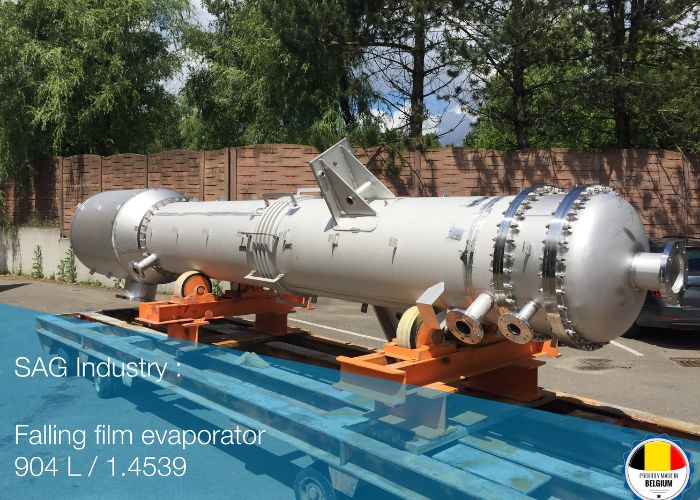
Industrial condensers are heat exchangers designed to convert vapor into liquid by removing heat from the gas phase. They are commonly used in applications such as chemical processing, power plants, refrigeration systems, and petrochemical industries. These units typically feature shell and tube or air-cooled designs to accommodate different process requirements and operational environments.
Industrial condensers are engineered for high thermal efficiency and reliable performance under varying pressure and temperature conditions. They are often constructed from corrosionresistant materials to handle aggressive fluids and harsh environments. Their design can include multiple passes and enhanced surface designs to optimize heat transfer.

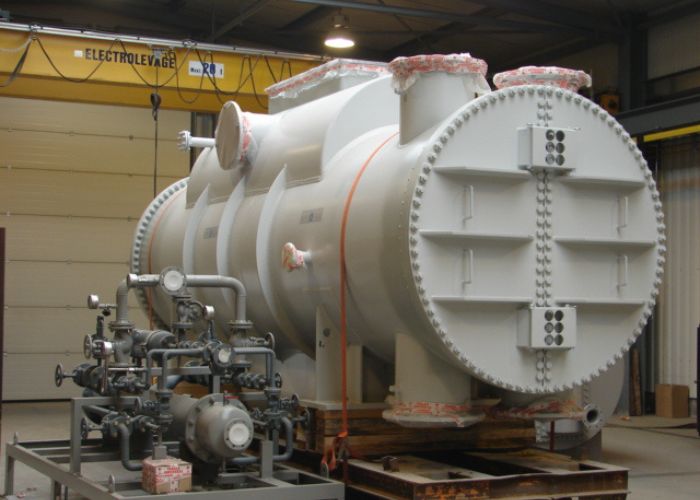
High-pressure shell and tube heat exchangers are engineered to operate under extreme pressure conditions up to 1000 barg, making them essential for demanding applications in industries such as oil and gas, chemical processing, power generation, and hydrogen production. These exchangers typically feature thick-walled shells and tubes made from highstrength materials like stainless steel, Inconel, or titanium to withstand intense pressure and prevent deformation or failure.
The design often includes specialized sealing mechanisms, such as reinforced gaskets or welded connections, to ensure leak-proof operation under high stress. Tube supports and baffles are carefully engineered to minimize vibration and enhance heat transfer efficiency. Due to their robust construction and precise engineering, high-pressure heat exchangers are ideal for handling supercritical fluids, high-pressure gas streams, and other challenging process conditions while ensuring reliable and safe operation.

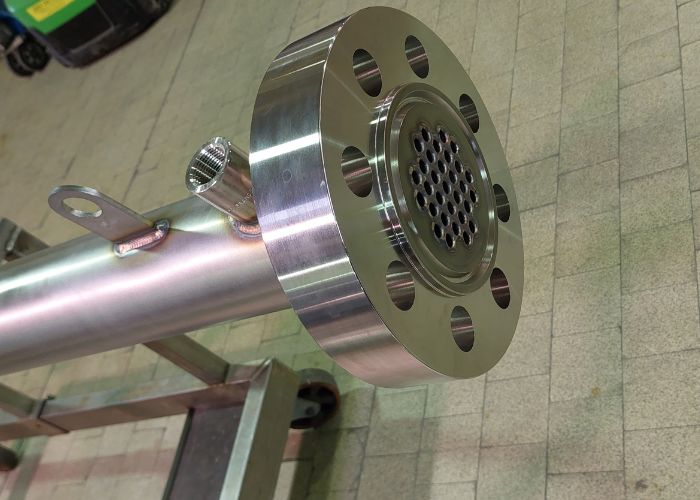
Adding {{itemName}} to cart
Added {{itemName}} to cart